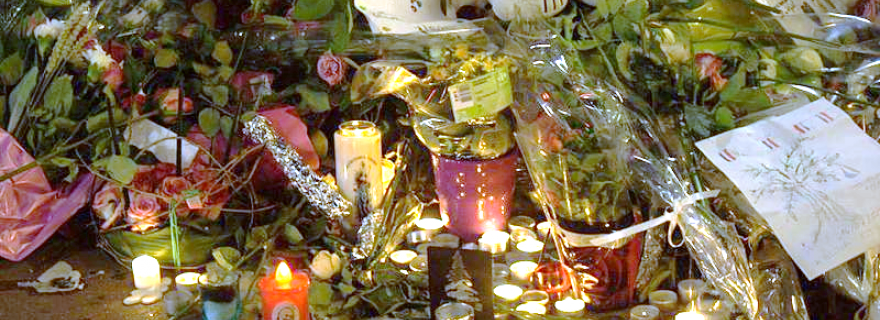The power of risk analysis in times of terror
To counter the instinct reactions that terror aims to invoke, we need more critical reflection, fact-based systematic analysis and substantiated policy responses.
Recent attacks such as those in Nice and Munich show that terrorists using ‘low-tech terror’ or a single gunman can commit an atrocity at any place, any time. Security in place at the usual targets such as airports, public buildings and synagogues seem suddenly far from sufficient to protect people now that any supermarket or boulevard could also be a likely ground zero. Since the murder of a French priest, the omnipresent catholic clergy in France now requests protection too. The question arises; what next? To risk analysts and other experts, it is impossible to predict the next assault. If vehicles or vessels are used for attacks, there is no way to foresee this in time to protect people. Attacks are most likely to be in crowded places, during rush hour or when festivity peaks. In theory, this could be any popular event, mass transit site or main street.
So many undefined variables regarding potential targets impair any predictive model. Attention now focuses on the traits of the terrorists, such as religious fanaticism, foreign nationality, a problematic family situation and a criminal record. The problems is that the killers share these characteristics with thousands of others who would never think of committing such a vile attack. The fear of terrorism results in successful pledges by populist parties to further scrutinize each and every person with remotely similar features. Increasingly, people themselves are seen as risk because of their religion or suspected identity. 'Analyzing each incident reveals how ambiguous the role of the killers’ background is. But people seem impervious to such ambiguity', as colleague and terrorism expert Jelle van Buuren rightly stated in the Dutch daily newspaper NRC on July 26.
But how you deal with ambiguity is crucial in the public debate on terrorism. Facts matter more than ever. Risk analysis, a fact-based exercise, can contribute to the public debate in important ways. Risk analysis pertains to methodically searching for probability implications based on all relevant characteristics of actual phenomena and their frequency of occurring. Risk analysis has proved its worth in many domains. Statistics have been used to control and mitigate natural hazards, insure against accidents, weigh costs and benefits, and regulate the consequences of human and organizational behavior.
Yet we find the added value of risk analysis with regards to terrorism elsewhere. Reliable, valid analyses on actual frequencies and probabilities provide important contextual information when we reflect on a range of horrific attacks, such as during the past `Blutwoche’ in Germany. Numbers put incidents in perspective and doing the math requires precise definitions of what we are about to add up (apples, oranges?). The resulting analysis offers a better base for crisis response than human gut feeling. The war rhetoric by French president Hollande exemplifies the anger and frustration that such attacks inspire. An encouraging contrast was published by risk analyst Tom Pollock, shortly after the attack in Nice, explaining the actual likelihood of individual citizens ever experiencing a terrorist attack. It’s against all odds, really. In France, the probability of dying as a consequence of a terrorist attack is 27 times smaller than a fatal traffic accident. In Turkey, a place that saw fifteen IS-claimed attacks resulting in 157 casualties in 2015 alone (according to the Global Terrorism Database of the University of Maryland), the probability of being killed by terrorists is approximately one ten-thousandth of one percent in any given year. Most terrorism victims are Muslims living in Syria and Iraq. Though this can never console those who lost their loved ones in an attack, the sobering figures do put things in perspective and they can direct us which responses are more meaningful than others.
The simplified focus on perpetrator background brings grist to the mill of terrorist groups such as IS. They aim to set peoples against each other and instil as much fear into each of us as possible since it makes us feel surrounded by would-be killers. If all Muslims would be potential terrorists, we would see more attacks, Pollock argued. To counter the instinct reactions that terror aims to invoke, we need more critical reflection, fact-based systematic analysis and substantiated policy responses.
This blog was published as an op-ed in the newspaper Trouw (in Dutch) on 3 August 2016.


